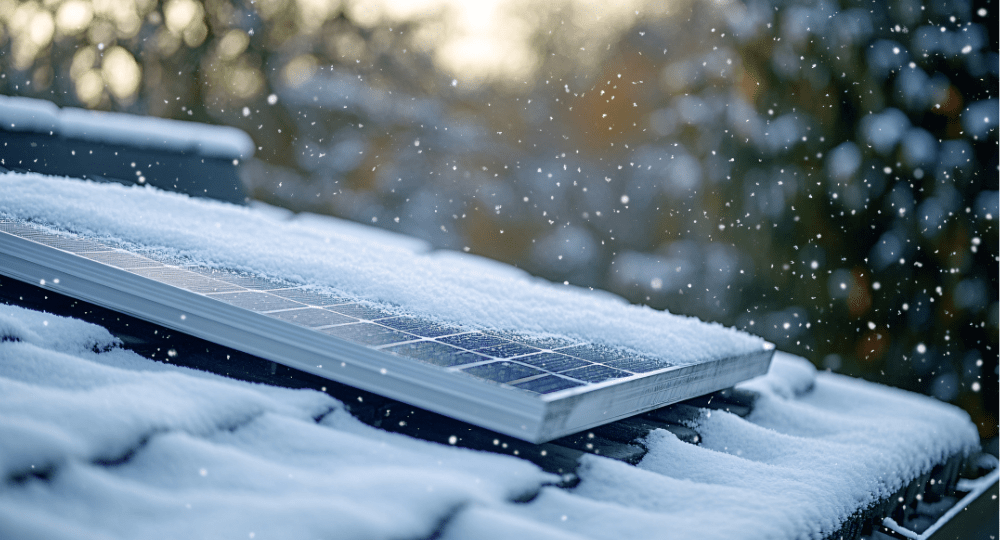What is an inverter?
What is an inverter?
To answer the question of what an inverter is, a device that converts DC current (direct current) to AC current (alternating current) is called an inverter. Generally, DC current from batteries or solar panels is converted to 220-volt single-phase or 380-volt three-phase alternating current (AC) by inverters. These types of inverters are also available as 110v AC is used in some countries. Whether your solar system is parallel to the grid (off-grid) or separate from the grid (off-grid), you must use one inverter. With the exception of DC refrigerators, televisions and various household appliances, although they are available in the market, they are not widespread.
What Inverter Types Are Available?
Inverter devices are generally divided into modified sine inverter and full sine inverter. Solar inverters (solar inverters) are also divided into types that can be on-grid and off-grid inverters under these categories. In on grid systems, the DC current generated by the solar panel must be transmitted to the mains as 220V (or 380V). On-grid inverters are full sine devices. In the same way in off-grid systems, the DC current produced in the solar panel is transmitted to the batteries, and the DC current from the panel and batteries is converted to 220V (or 380V) AC current by an inverter, making it suitable for use in our household appliances.
On – Grid Inverters
In on grid systems, solar panels are connected directly to the regulator and inverter without the need for batteries, converting the electricity generated as DC current into AC current. The generated energy is transmitted to the network through a two-way meter.
Off – Grid Inverters
Off-grid is a type of inverter used in the system model for purely personal use, ie for the use of all the energy produced at the point of production. In closed weather and at night, when the sun is not shining, the energy stored in the batteries is used. Network-supported smart inverters are also available in the market to prevent power outages during the winter months, when the sun is less visible. However, these inverters should not be confused with on-grid inverters. It is not a question of selling energy to the network.
How To Make Money From On Grid Systems?
At present, innovations are being made in the production of roof electricity, and alternative energy is gaining more support in our country. We are approaching time when it will be possible to take revenue from systems installed under the laws that the state will bring to sell energy to the network.
With Double-sided meters – the amount of energy produced in the form of monthly cycles will be deducted and the electricity supplied to the network will be calculated, from which the user will start to earn income.
On-grid inverters are manufactured in accordance with this system. For example, when there is no power from the network, it will automatically stop transmitting power to the network. This is such that technical staff can easily interfere with the lines during power outages.
Areas where inverters are used
Although widely used in solar energy systems, in order to use alternating current in motion, especially in caravans, boats, vehicles, devices used against power outages and voltage fluctuations called UPS systems, a battery-powered and AC-powered is popular enough in many areas.
Inverter Types and Inverter Selection in Solar Energy Systems
When choosing the most suitable inverter for a solar power system, the design of the overall system and the maximum power and peak power values to be used instantly must be taken into account.
However, depending on the characteristics of the devices to be used, a modified sine inverter or a full sinius inverter must be selected.
Of course, whether the system is on-grid or off-grid is also a good reason to choose the right inverters.
Inverter Power Total and Instant Energy Capacity Options
The amount of instantaneous power consumption in the inverter selection is also found by adding the power values of the devices that will operate at the same time.
When calculating this, it is important to note that devices with an electric motor require twice as much power as the normal current at the time of initial operation.
To meet this so-called peak power condition, the vast majority of inverters on the market are designed to withstand up to twice the rated power level of instantaneous power.
However, if the instantaneous total power demand is equal to or greater than the inverter capacity, your device may break down after a while.
Saving up to 20% of the power required is a logical choice for long-term inverter use. For example, you calculated the sum of the wattage values of the appliances in your home as 800 watts. These may include devices that create a peak power situation. And let’s define your current need at peak levels as 1100 watts, for example. In this case, an inverter with a peak power of 2000 watts and 2000 watts can fully meet your needs.
On – Grid, Off – Grid Inverters, Warranty and Inverter Sales Center
Helind LLC sells and installs alternative energy products in Azerbaijan. You can order On Grid or Off Grid inverters from us to get the power you need. We guarantee this type of devices from 6 months to 10 years. Due to the rapid development of the alternative energy market, please contact us for the latest price information and installation questions: +994506789911
Helind MMC – Your Energy Alternative





